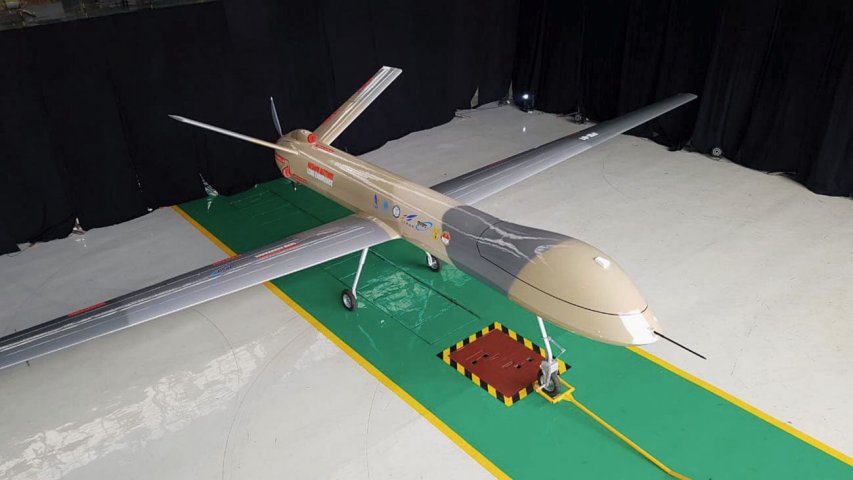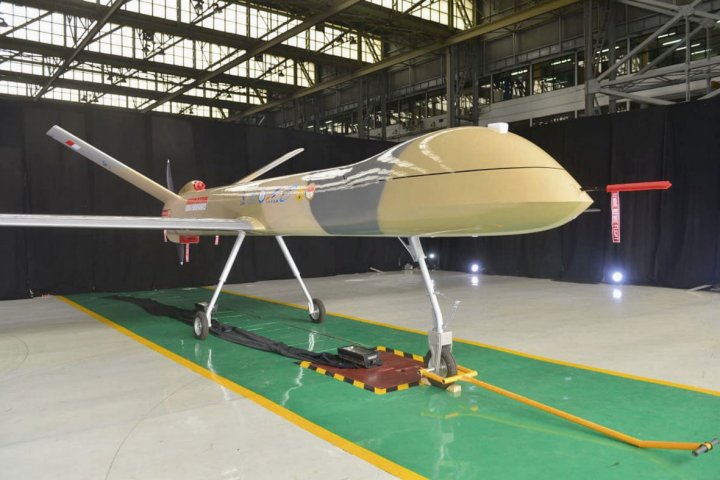Trump administration considering new plan to ease drone export rules
WASHINGTON —The Trump administration reportedly plans to
reinterpret a key arms agreement that governs the sale of unmanned aircraft, opening the door for more countries to buy drones from U.S. defense contractors.
According to Reuters, the Trump administration plans to loosen
its interpretation of the Missile Technology Control Regime, an agreement among the U.S. and 34 other nations that governs the export of missiles and unmanned aerial vehicles.
The report does not exactly lay out how the White House’s interpretation of the MTCR will change, but it likely involves how the administration construes the phrase “strong presumption of denial.” Currently, the U.S. government’s interpretation of that clause leads to a blanket denial of most countries’ requests to buy “category-1” systems capable of carrying 500-kilogram payloads for more than 300 kilometers.
The White House’s National Security Council is set to review the change during a June 16 meeting, according to Reuters. The departments of Commerce, Energy, Justice and Homeland Security signed on to the new interpretation in May, and key industry stakeholders — including General Atomics and Northrop Grumman — have already been notified.
The State Department could approve the first UAV sales under the new interpretation as soon this summer, a U.S. official and multiple industry executives told Reuters.
The Trump administration has made loosening arms sale restrictions a major priority, but so far the changes to drone export policies have not had the impact desired by defense companies, which argue that they continue to lose sales to China and Israel.
During a June 3 event on drone export policy, Keith Webster, president of the U.S. Chamber of Commerce’s defense and aerospace export council, said the administration has made some positive changes — including the approved sale of General Atomics MQ-9 Sea Guardian drones to India — but “for the policy changes, it has been disappointing.”
 Trump’s new drone, defense export rules expected this week
Trump’s new drone, defense export rules expected this week
The Trump administration is set to unveil a series of rules making it easier to export drones to other nations.
By: Aaron Mehta, Valerie Insinna
Sign up for our Military Space Report
Get the latest news about space and strategic systems
Subscribe
In April 2018,
the White House announced changes in policy allowing companies to sell certain unmanned aircraft through direct commercial sales to international militaries rather than having to go through the more laborious Foreign Military Sales process, where the U.S. government plays a large role in negotiating an agreement. It also struck rules that categorized unarmed drones with laser-designator technology as “strike enabling,” which grouped them with more highly restricted armed drones.
The United States also attempted to change the MTCR by proposing language that would assign drones that fly under 800 kilometers per hour to “category-2” status, where sales are subject to approval on a case-by-case basis, said Heather Penney, a senior fellow at the Mitchell Institute of Aerospace Studies. However, that proposal was not approved by all members of the regime and was thus denied.
“We have information that the U.S. is potentially looking at an additional airspeed proposal, not from 800 kilometers per hour, but dropping that to 600 kilometers per hour — which is roughly about 320 knots,” she said at a June 3 event hosted by the Mitchell Institute. “This does not solve the problem set. It enables the look of advancement, the look of change, but really it does not move the ball forward.”
Webster agreed, calling proposed changes to the MTCR a Band-Aid.
“That buys us a year or two, but we’re right back to square one because we haven’t resolved the issue,” he said.

 www.defensenews.com
www.defensenews.com




